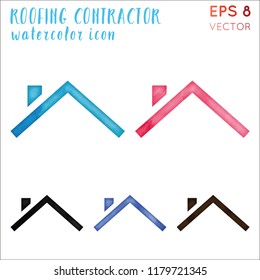Understand How Seasonal Problems Impact The Success Of Business External Painting And Learn The Excellent Periods To Ensure Resilient End Results For Your Job
Understand How Seasonal Problems Impact The Success Of Business External Painting And Learn The Excellent Periods To Ensure Resilient End Results For Your Job
Blog Article
Uploaded By-Doherty Chaney
When you're preparing an industrial external paint job, seasonal factors can make or damage your outcomes. You'll want to consider exactly how temperature and humidity influence paint application and drying out times. Selecting the right season can guarantee your paint adheres effectively and lasts longer. But which periods are absolutely the best for this kind of work? Allow's explore the crucial elements that can affect your task's success.
The Influence of Temperature Level on Paint Application
When you're intending a commercial outside painting job, the temperature can substantially impact just how well the paint sticks and dries out.
Ideally, you want to paint when temperatures vary in between 50 ° F and 85 ° F. If Suggested Studying 's as well cold, the paint might not treat correctly, causing problems like peeling or fracturing.
On the flip side, if it's too warm, the paint can dry out also swiftly, stopping correct bond and leading to an irregular finish.
You must also consider the moment of day; early morning or late afternoon supplies cooler temperatures, which can be much more desirable.
Always check the supplier's recommendations for the particular paint you're using, as they often give support on the suitable temperature variety for optimal outcomes.
Humidity and Its Effect on Drying Times
Temperature level isn't the only environmental element that affects your industrial external paint task; humidity plays a significant duty also. High moisture degrees can slow down drying times substantially, influencing the total quality of your paint work.
When the air is filled with moisture, the paint takes longer to cure, which can bring about issues like inadequate adhesion and a greater danger of mold growth. If you're painting on a particularly damp day, be planned for extended delay times in between layers.
Link Website to keep an eye on neighborhood weather and strategy appropriately. Preferably, aim for humidity levels in between 40% and 70% for optimal drying.
Keeping these factors in mind ensures your task remains on track and provides a long-term coating.
Best Seasons for Commercial Outside Paint Projects
What's the most effective season for your industrial exterior paint projects?
Springtime and early loss are generally your best choices. During these periods, temperature levels are mild, and moisture levels are typically reduced, creating suitable conditions for paint application and drying.
Prevent summertime's intense heat, which can cause paint to completely dry too quickly, bring about inadequate attachment and finish. Likewise, winter season's chilly temperature levels can hinder proper drying and treating, running the risk of the longevity of your paint job.
Aim for days with temperature levels between 50 ° F and 85 ° F for optimal outcomes. Bear in mind to inspect the local weather report for rainfall, as damp conditions can ruin your task.
Preparation around these factors guarantees your painting task runs smoothly and lasts much longer.
Conclusion
Finally, preparing your business external paint jobs around seasonal considerations can make a significant distinction in the result. By organizing job throughout the excellent temperature levels and moisture degrees, you'll make sure much better bond and drying times. Keep in mind to watch on local weather report and pick the correct time of year-- springtime and early autumn are your best options. Taking these steps will aid you accomplish a sturdy and expert finish that lasts.
